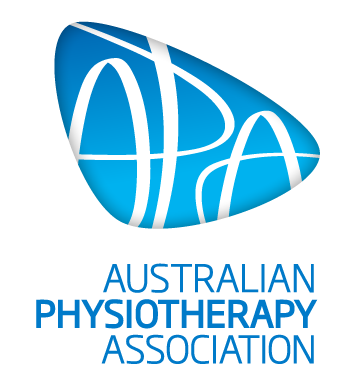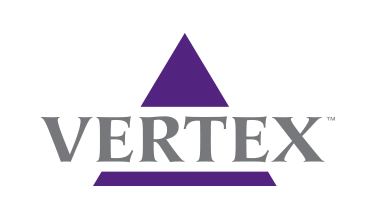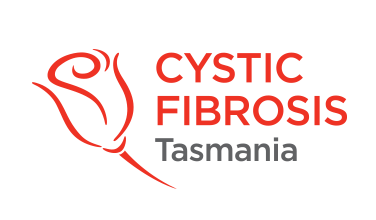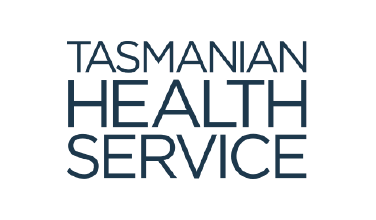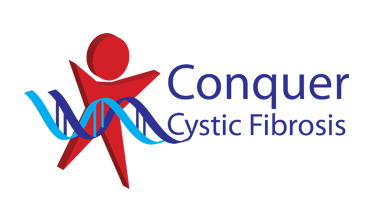Basics of Inhalation Therapy
Inhalation therapy is the delivery of medication to the lungs by breathing it in.
The advantage of breathing the medication directly into the lungs is that it delivers high levels of the drug directly to the airways with minimal side effects on other body systems.
There are different ways of delivering medications to the lungs:
- Metered dose inhaler (MDI) with a spacer,
- dry powder device,
- nebulisers
Inhalation therapy and airway clearance techniques (physiotherapy techniques) can be used together to provide better effects. Airway clearance therapy may be improved when used in conjunction with good inhalation therapy and the benefits of inhalation therapy may be improved by performing good airway clearance techniques.
Reasons why inhaled medications are used in CF:
- To relax the airways and make them less “reactive” (short and long acting bronchodilators and inhaled corticosteroids)
- To improve mucus clearance (e.g hypertonic saline, mannitol – bronchitol, rhDNase – pulmozyme)
- To deliver antibiotics to the airways to treat infections. For example antibiotics to treat Pseudomonas aeruginosa infection (e.g. TOBI®, colistin/Tadmin®), Amikacin to treat mycobacterium abscessus
Advantages of inhaled medication delivery are as follows:
- High amounts of medication can be delivered directly to the lungs
- Fewer side effects on other parts of the body because only small amounts of the medication enter the blood stream and travel to other body systems
- Fast working
- Suitable for home therapy
Common inhaled medications in CF:
- Bronchodilators – these protect and prepare the airways, they make breathing easier by relaxing the muscles in the lungs and open up the airways
- Inhaled steroids – these help to reduce inflammation (or swelling) in the airways
- Antibiotics – these help to treat bacterial infection
- Mucolytic/mucokinetic agents – these help to change the sputum stickiness or thickness, and make the sputum move more easily
Potential disadvantages:
- Variable amount of medication delivered as this depends on lots of factors such as equipment used and breathing technique
- Local side effects in some people (e.g. cough, hoarseness in voice, narrowing of airways)
- Time-consuming, therefore risk of people not taking their inhaled medications
- Need for hygiene control and proper cleaning and maintenance of the equipment, and cost of equipment may be a barrier, including the cost of replacing parts of equipment
All new inhaled medications that are prescribed should ideally be used for the first time in the presence of a health professional. This is to check if the medication is safe for you and will also provide an opportunity for you to receive education on how to get the most out of your inhaled medications. This education will also include how you can make the most out of your airway clearance and inhalation therapy.
Inhaled medications need to be prescribed by your doctor.


